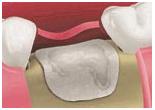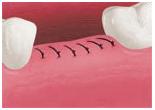Today, more than ever, advances in medicine and dentistry have led to new and expanded areas of treatment. Two such areas, bone grafting and guided bone regeneration (GBR) in the jaw bones and around teeth, have recently experienced tremendous growth. Procedures to repair and grow new bone, unheard of just a few years ago, are now part of routine dental surgical care. This brochure will help you better understand what bone grafting and GBR are, what options are available to you and what benefits you may gain from these procedures.
Bone grafting is a surgical procedure that replaces missing bone with a material called a bone graft. This material not only replaces missing bone, but also helps your body regrow lost bone. This new bone growth strengthens the grafted area by forming a bridge between your existing bone and the graft. Over time the newly formed bone will replace much of the grafted material. GBR is a procedure in which a membrane is placed over the bone graft site. This membrane further encourages new bone to grow and also prevents the growth of scar tissue in the grafted site.
Bone grafts and GBR are needed when a part of your body is missing bone. This missing portion of bone is frequently called a "bony defect". Examples of jaw bone defects are: defects surrounding roots of teeth (periodontal defects); defects which occur following tooth extraction; generalized decrease in quantity of jaw bone from trauma or long-term tooth loss; defects surrounding dental implants; defects resulting from cyst or tumor surgery.

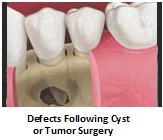
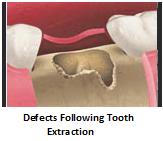
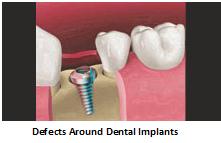
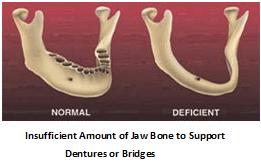
These procedures are usually done in the doctor's office under local anesthesia. The procedures themselves are without pain. Post-operatively, normally there will be some swelling and some mild to moderate discomfort, especially from other procedures performed, such as tooth extraction, cyst removal, etc. Your doctor will prescribe an oral analgesic to help relieve your discomfort. If a more invasive second procedure is required to obtain bone (i.e. from your hip, chin area, etc.) then your post operative discomfort will be increased but still manageable
The following is one example of these procedures following tooth extraction.

